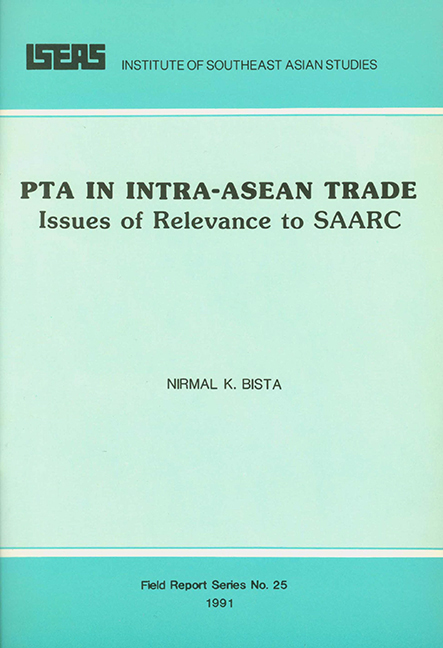Summary
The Association of South East Asian Nations (ASEAN) and South Asian Association for Regional Co-operation (SAARC) are two Asian regional groupings striving for the speedy development of member countries. The ASEAN member states, Brunei, Indonesia, Malaysia, the Philippines, Singapore and Thailand, are economically better off compared to their SAARC counterparts — Bangladesh, Bhutan, India, Maldives, Nepal, Pakistan and Sri Lanka. A late starter, the SAARC is organizationally less mature than ASEAN.
As in the case for most regional groupings, fast changing global economic scenarios have prompted these Asian economies to form a group to help absorb the occasional shocks and enhance their economic capabilities. Even though free trade is obviously the best policy from the point of view of world welfare, preferential trading within a group to promote intra-regional trade is regarded as a “second best” policy inherent in customs union theories.
Tariff reduction — considered as one of the many aspects of preferential trading — is generally aimed at achieving greater competition within the region, as well as increasing the size of markets, and using economies of scale eventually to lower costs. Preferential Trading Arrangements (PTA) have been adopted as one of the measures to promote intra-regional trade in ASEAN.
This paper highlights the operation of ASEAN PTA, and identifies issues which could be of relevance to SAARC that has yet to incorporate trade co-operation in its sphere of activities.
- Type
- Chapter
- Information
- PTA in Intra-ASEAN TradeIssues of Relevance to SAARC, pp. 1 - 2Publisher: ISEAS–Yusof Ishak InstitutePrint publication year: 1991

